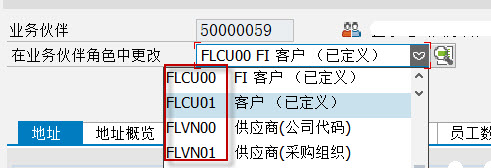Java并发编程:CountDownLatch示例
CountDownLatch是Java并发API中的一个工具类,用于协调多个线程的执行。当一个线程调用countDown()方法时,会将计数器减1,直到计数器为0。
下面是一个简单的CountDownLatch示例:
import java.util.concurrent.CountDownLatch;public class CountDownLatchExample {public static void main(String[] args) {// 创建一个计数器,初始值为3CountDownLatch countDown = new CountDownLatch(3);// 创建三个线程,每个线程都会调用countDown的down方法来减少计数器Thread thread1 = new Thread(() -> countDown.countDown());Thread thread2 = new Thread(() -> countDown.countDown()));Thread thread3 = new Thread(() -> countDown.countDown()));// 启动三个线程thread1.start();thread2.start();thread3.start();// 等待计数器归零,表明所有线程都已经执行完毕try {countDown.await();} catch (InterruptedException e) {e.printStackTrace();}System.out.println("All threads have completed execution.");}}
在这个例子中,我们创建了一个初始值为3的CountDownLatch。然后创建了三个线程,每个线程都会调用countDown.countDown()来减少计数器。
当所有线程都已经完成执行时,CountDownLatch.await();会阻塞当前线程,直到计数器归零。这意味着所有需要等待的线程已经执行完毕。



































还没有评论,来说两句吧...